Intro to the Study: Cost of a New Fur Coat
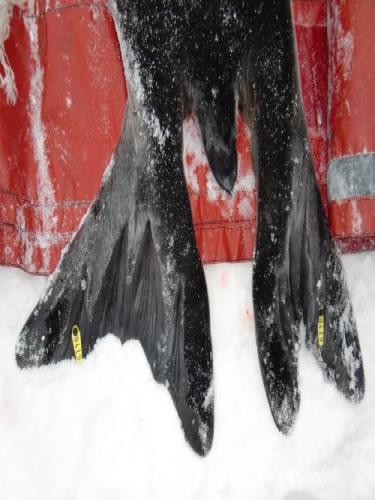
- Ms. Church’s 5th grade classes at Crosswind Elementary
- Ms. Kumbroch’s 1st grade class at Crosswind Elementary
- Mrs. Payant of Crosswind Elementary
- Crosswind Students:
- Emlynn Ford in Kindergarten
- Chloe Balkcom in 4th grade
- A Crosswind Student
- Kason Lambert
- Ryan Wardrop in 4th Grade
- Aariz Rupone
- Ms. Streger’s students
- Zach Murphy in 4th grade
- Taylor Daniels in 5th grade
- Ellie Johnson
- Macy Goetz in 4th grade
I know what you are thinking – why in the world am I in Antarctica! It’s cold, icy and windy! And I’m away from my family and friends. What could have brought me so far from home?
Weddell seals! The team I am working with is very interested in Weddell seals. And you can’t study these guys in a zoo. You need to see them in their natural habitat! So, we are down here to get a closer look at these interesting (and adorable) animals.
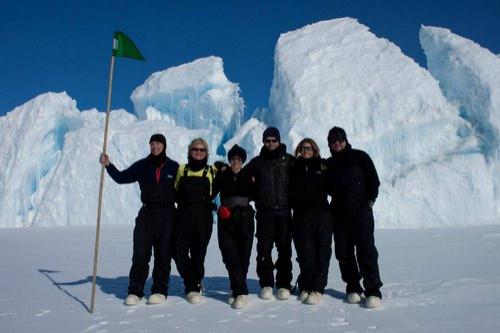
This year, we hope to accomplish two main goals:
- See how the seals’ weight and body conditions change throughout the summer.
- Understand the links between timing of pupping and molting – basically, why do seals pup when they pup and molt when they molt?
Scientists have been studying Weddell seals in the Ross Sea since 1968, which gives our team an advantage. There is already a lot of information about these seals, like how old they are, when they last had a pup, etc. We've already picked 24 adult female seals to study. We've chosen 8 females that did not give birth in 2013 (skip females), 8 that gave birth in the first half of the pupping season (early moms) and 8 that gave birth in the second half of the pupping season (late moms). The tricky part is finding them! To get to these seals, we’ll be traveling by snow machine or helicopter!
Why Weddell seals?
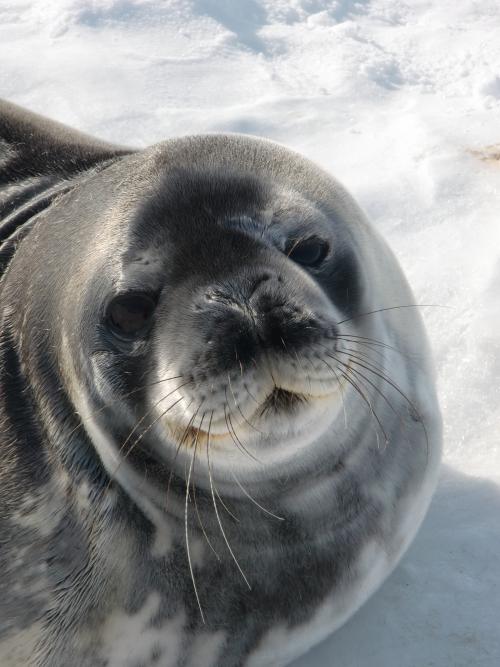
Why are we studying Weddell seals? Why is this important?
Well, there are a couple of reasons. First, we can learn a lot about seals in general by studying Weddell seals. Second, Weddell seals have very few predators, so they are very calm and easy to approach. Yes they are at the top of the food chain, but they don’t eat humans! There is also a huge database of information on Weddell seals. So, we aren’t starting from scratch! Also, as we learn more about the life cycle of a Weddell Seal, we learn more about how that life cycle will be affected by potential climate change. For instance, what would happen if the water temperature were to increase, or if the glaciers were to melt? How would that affect their diet, or their diving patterns? These are the kinds of questions we are asking.
Let me get your measurements
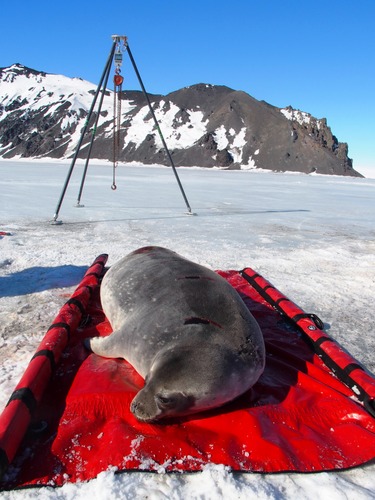
Once we find the seals, then the real work begins! We will carefully roll the animals into a large sling (the flat, red mat on the ice, left), attach the sling to a tall tripod (right), and crank the seal into the air using a very powerful crank. This is how we get the weight. We have to be sure and write it down; this is a lot harder than stepping on a scale! Because this is such a challenge, we are trying to find ways to weigh the seals without cranking them up on a tripod. We’re looking to other research teams for a little help. Another team has found that if you take about 10 photographs of each seal, from different angles, you can put all of the pictures together and measure the volume of the seal using a computer program. Check out the image below. The seal on the left is the actual picture of the seal, while the one on the right is the seal the computer program created. The little blue cameras show the location of the photographs. Here’s the problem – this program tends to exaggerate and say that the seals are fatter than they actually are. Can you think of how we can deal with this problem? Send your ideas to Ask the Team!
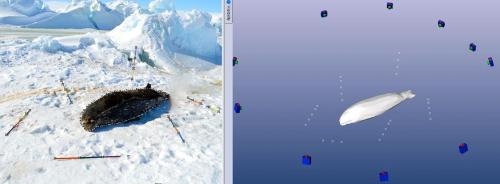
There is a lot we need to know about these seals: we will measure their circumference, length, height and width along several parts of the seal’s body. We will also use an ultrasound machine to measure the thickness of their blubber. By combining all of these measurements, we can calculate the volume of each seal and then find out how much of that volume is made up of blubber. Weddell seals have a lot of blubber to keep them warm, but sometimes, they have less blubber than they should, because they haven’t been eating enough to keep their bodies nice and fat. Measuring the blubber this way helps us to understand the normal body conditions and alerts us if animals are especially skinny during certain times of the year. We will also take blood samples in order to analyze their health and hormones during different parts of the year. Then, we will take a whisker, a couple square inches of fur, a few tiny pieces of skin and blubber and some muscle samples. These are used to answer questions we have about how they regulate their internal temperatures, what they eat, how they shed their fur coat and a lot more! I’ll be telling you about our findings in later blogs.
About 60 days after we work with each animal, we will find them again and take the same measurements all over again! Why do you think we need to do all of this work twice? By comparing these measurements, we can begin to understand how their bodies change throughout the year.
Tagging
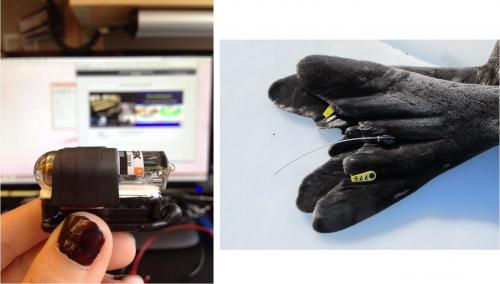
Every moment counts out on the ice! We try to get as much info as we can about these seals, while they are ‘hauled out.’ But what about when they are underwater? What are they up to under the ice? As I’m sure you guessed – we are interested in that too!
That’s where these tags come in handy. We will attach tags to the hind flippers of all 24 females. Every six seconds, this tag will record the seals’ depth in the ocean. This will allow us to recreate the movement of the seals and begin to answer some more questions we have about Weddell seals. For example, when are they eating? How deep are they able to swim? How do their eating patterns change throughout the year?
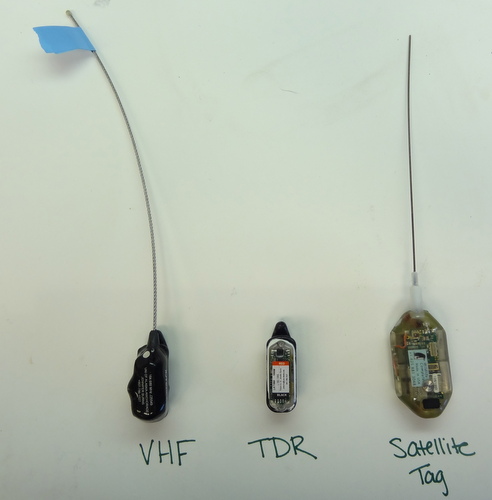
Not only will they get tags on their flippers, but we’re also sending out a few satellite tags. These satellite tags act exactly like a GPSA Global Positioning System (GPS) is a satellite-based navigation system used to track the location or position of objects on the Earth’s surface. – they send the seal’s location to a satellite, which sends that location to our computers. So, we can check on what these seals are doing even when we aren't in Antarctica!
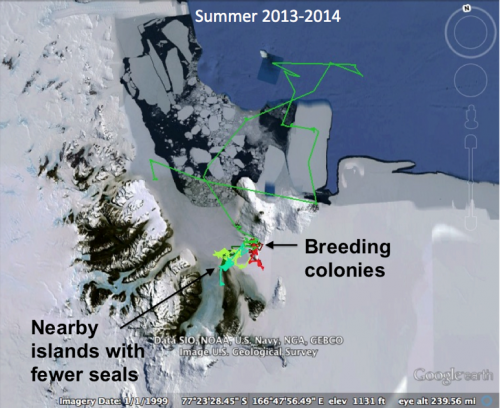
The seals also get a small radio tag attached to their flipper, which act like small walkie-talkies for the seals. When we need to find the seals, we can use a long antenna to listen for the seal. The tags make a very tiny, very high-pitched PING sound every few seconds. So, when we are close to the seal, we can use the loudness of the PING to help us find them! Since there are so many seals on the ice, all of these tags are very helpful for finding the seals we are working with!
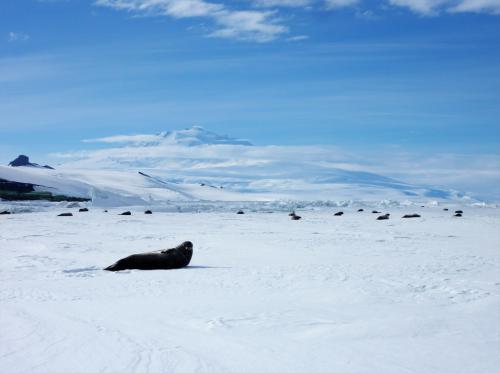
One more test!
Remember the ultrasound that could tell how much blubber our seals have? It can also tell us something else – whether or not they are pregnant! Our ultrasound gives very high-quality measurements. We can tell if they are pregnant when the baby seal is only an inch long! The size of the baby will tell us when the seals became pregnant. This will help us achieve goal number 2! How is the timing of their yearly molt related to when they give birth to their pup? When the team comes back in January, they will look at the molting of our 24 seals. Weddell seals molt in a very predictable pattern: First, they molt the fur on their head. Then, they get a stripe of new fur down their back, and then, they begin to molt the fur on their sides. Because of this pattern, we can guess how long it has been since they started their molt.
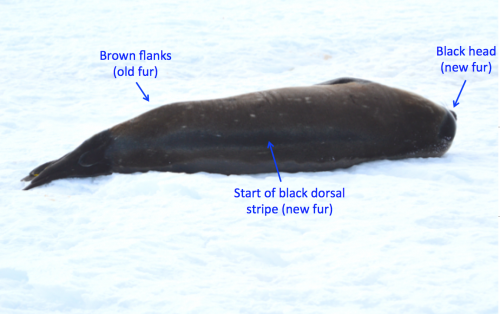
Whew! Lots to do! I can’t wait to get started! Keep checking in to learn more about Weddell seals and to see how our research is going!


Comments